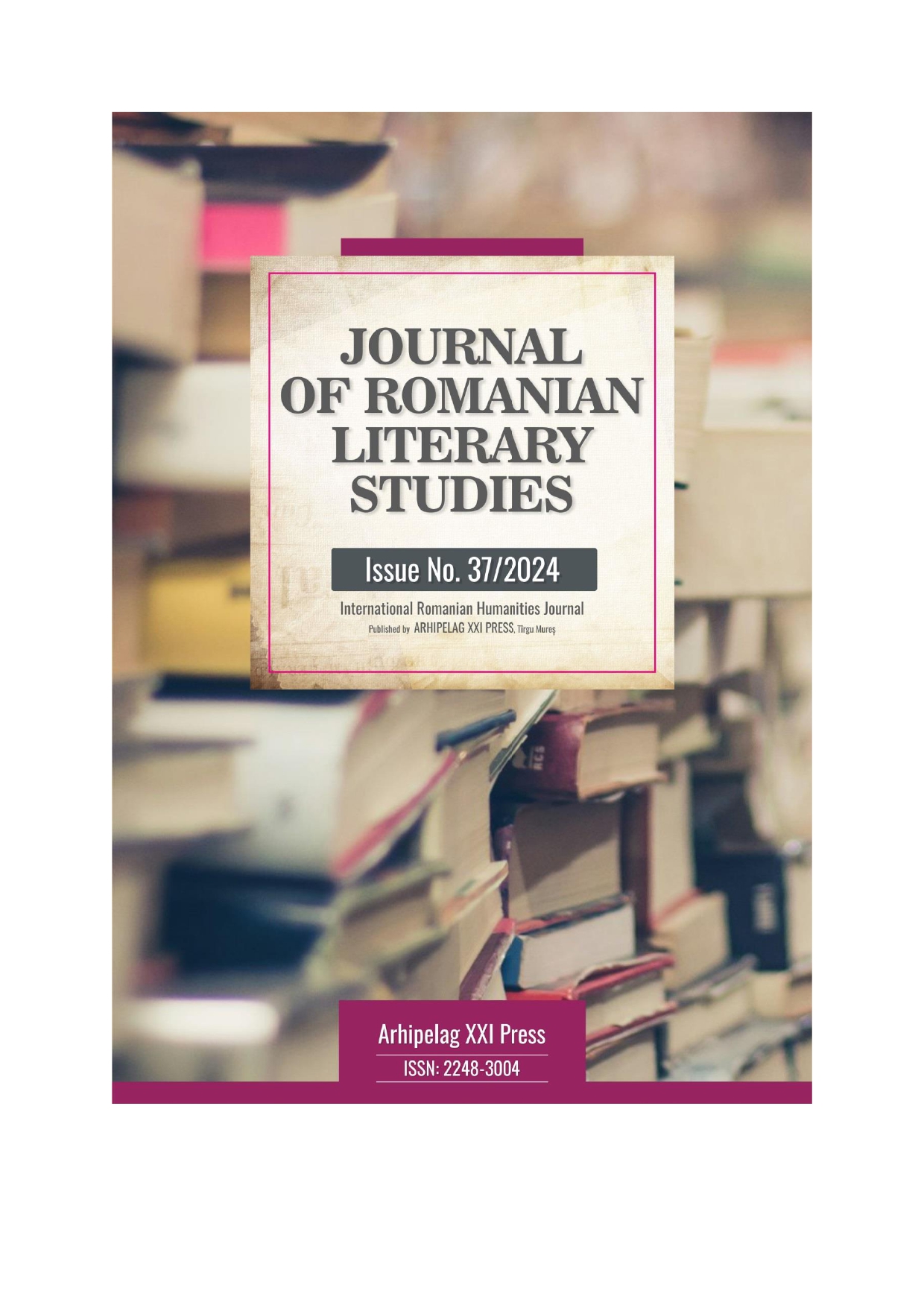HAYDEN WHITE’S THEORY OF NARRATIVE ANALYSED FROM THE PERSPECTIVE OF KATE MORTON’S NOVEL THE CLOCKMAKER’S DAUGHTER
HAYDEN WHITE’S THEORY OF NARRATIVE ANALYSED FROM THE PERSPECTIVE OF KATE MORTON’S NOVEL THE CLOCKMAKER’S DAUGHTER
Author(s): Camelia Ioana Ienciu (Popa)Subject(s): Novel, Other Language Literature, Philology, Theory of Literature
Published by: Editura Arhipelag XXI
Keywords: narrative; novel; Kate Morton;
Summary/Abstract: As regards Hayden White’s theory of narrative, the term ‘narrative’ cannot be perceived as a problem, but instead, it can be described as an answer to an issue of general human interest. Narrative represents a suitable way through which people understand how to change into different words, knowing into telling. The main aim of this article is to analyse White’s theory of narrative from the perspective of Morton’s novel, The Clockmaker’s Daughter. The theory of narrative is formed of a story and a discourse. On the one hand, the story consists of a set of events and presents the content of those happenings, and on the other hand, the discourse explains the way in which the content is communicated. Moreover, in a nutshell, the five main components of any story are thought to be the plot, the setting, the characters, the point of view and the conflict, elements that are highly depicted in Morton’s novel.
Journal: Journal of Romanian Literary Studies
- Issue Year: 2024
- Issue No: 37
- Page Range: 364-372
- Page Count: 9
- Language: English

